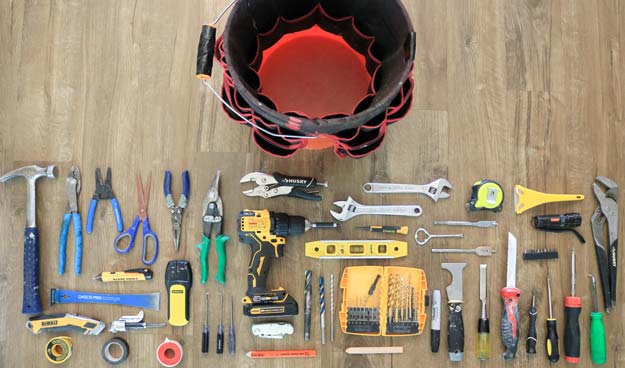Table of Contents:
- Introduction
- Why is renewing the BLS recertification course important?
- What are the costs of a BLS Recertification Course?
- Breaking Down the Cost Factors
- Empowering Yourself Through BLS Renewal
Introduction
BLS is essential for first responders and healthcare professionals. It teaches important skills that can be lifesaving in emergencies like cardiac arrest, choking, and respiratory failure. Regular recertification ensures that these professionals stay current with the latest emergency care techniques and knowledge. A BLS recertification course updates important skills, including CPR, AED usage, and choking treatment. It should be noted that the benefits of these courses are quite apparent and, at the same time, the costs may differ greatly. Anyone undergoing the BLS Recertification process can find basic guidance in this article.
Why Is Renewing the Bls Recertification Course Important?
Renewing your BLS certification is important because it ensures that one is updated with the important skills needed in handling emergencies. Regular recertification ensures that first responders and healthcare workers can provide the highest level of care. Let’s explore the key reasons why renewing your BLS certification is crucial.
Staying Current with the Latest Guidelines and Techniques
Medical knowledge evolves rapidly, and BLS practices are no exception. Renewal courses keep you current on the most recent guidelines and methods. In certain cases, recent changes prioritize continuous chest compressions above mouth-to-mouth ventilation. Recertification means you are practicing the current methods and offering the most effective treatment during an emergency.
Maintaining Competency and Skill Retention
Like any skill, BLS techniques can fade without regular practice. Update your information and practices with hands-on renewal courses.
Meeting Professional Requirements and Enhancing Career Prospects
Many healthcare professions require a current BLS certification. Recertification indicates a commitment to professional growth and helps meet these needs. Employers appreciate such employees who go out of their way to learn new things and have a growth mindset.
Boosting Confidence and Adaptability
Renewal courses teach you to change the BLS techniques depending on the age and health of the victim and introduce you to diverse emergencies. This training helps you to feel confident in managing certain emergencies. The ability to stay calm and act decisively in stressful, time-sensitive emergencies is a direct result of regular recertification training.
What Are the Costs of a BLS Recertification Course?
The cost of a BLS recertification course typically ranges from $15 to $65, depending on several factors. Online courses often have lower overhead costs than in-person seminars, making them more affordable. The course provider also influences pricing; some organizations charge more due to their reputation or the additional resources they offer. When considering the cost, it’s important to account for any extra expenses, such as tools or materials. Despite price variations, healthcare professionals still value maintaining up-to-date life-saving skills through recertification.
Breaking Down the Cost Factors
Budgeting and planning for a BLS Recertification Course requires an understanding of the various factors that influence its cost. Let’s look into the main contributors to the total cost.
Location-Based Costs
The cost of BLS recertification courses often varies by location. Courses in urban areas generally cost more than those in rural settings, primarily due to higher operational expenses such as rent for training facilities. However, urban areas may offer more frequent courses, potentially saving on travel costs. Rural locations, though often cheaper, might have fewer course options available.
Online vs. In-Person
The format of your BLS recertification course determines its price. Online courses usually have lower costs than their in-person alternatives because they cut out physical material and travel costs. In-person courses, though often pricier, provide direct instructor feedback and hands-on practice. Some providers offer hybrid models, which combine online learning with in-person skills assessments, balancing cost and quality.
Interestingly, studies showing dispersed CPR training—which may include online components—often demonstrate a larger number of participants attaining CPR excellence with over 90% guideline compliance for chest compression depth, rate, and recoil while simultaneously lowering expenses.
Additional Materials and Resources
Beyond the base course fee, additional costs may arise. These might include fees for study guides, textbooks, or practice materials. Some courses list these separately, while others bundle them into the overall cost. Online courses might require you to rent or purchase practice manikins. It’s important to clarify what the course fee covers to budget effectively and avoid unexpected expenses.
Empowering Yourself Through BLS Renewal
A BLS recertification course is an investment in life-saving skills rather than just a requirement. The costs associated with these courses are outweighed by the invaluable knowledge and confidence gained. Staying current with BLS skills helps you improve your emergency response capability. Don’t delay in renewing your certification. Take the initiative and book your BLS Recertification Course immediately. In an emergency, your updated skills might make all the difference between life and death.






